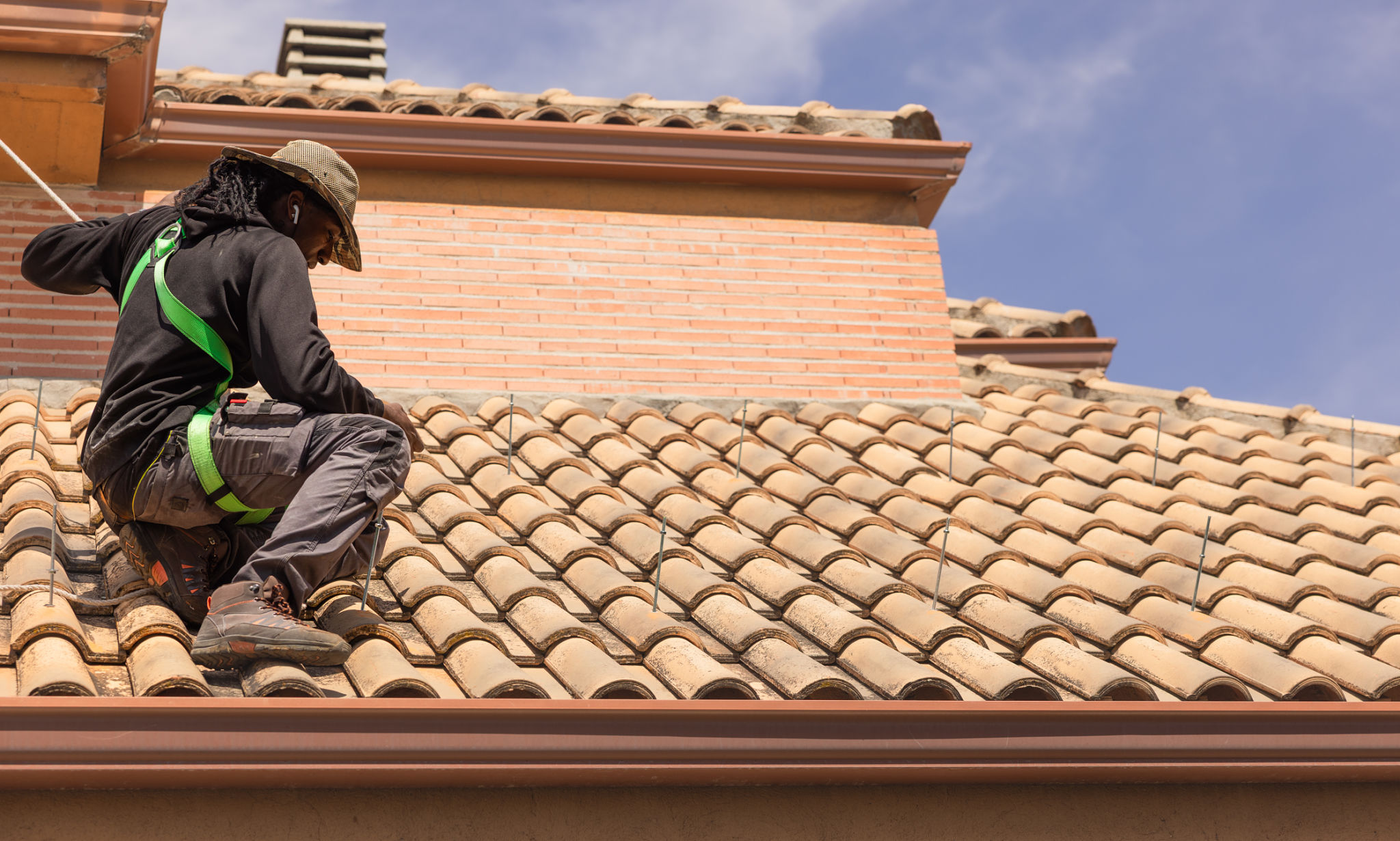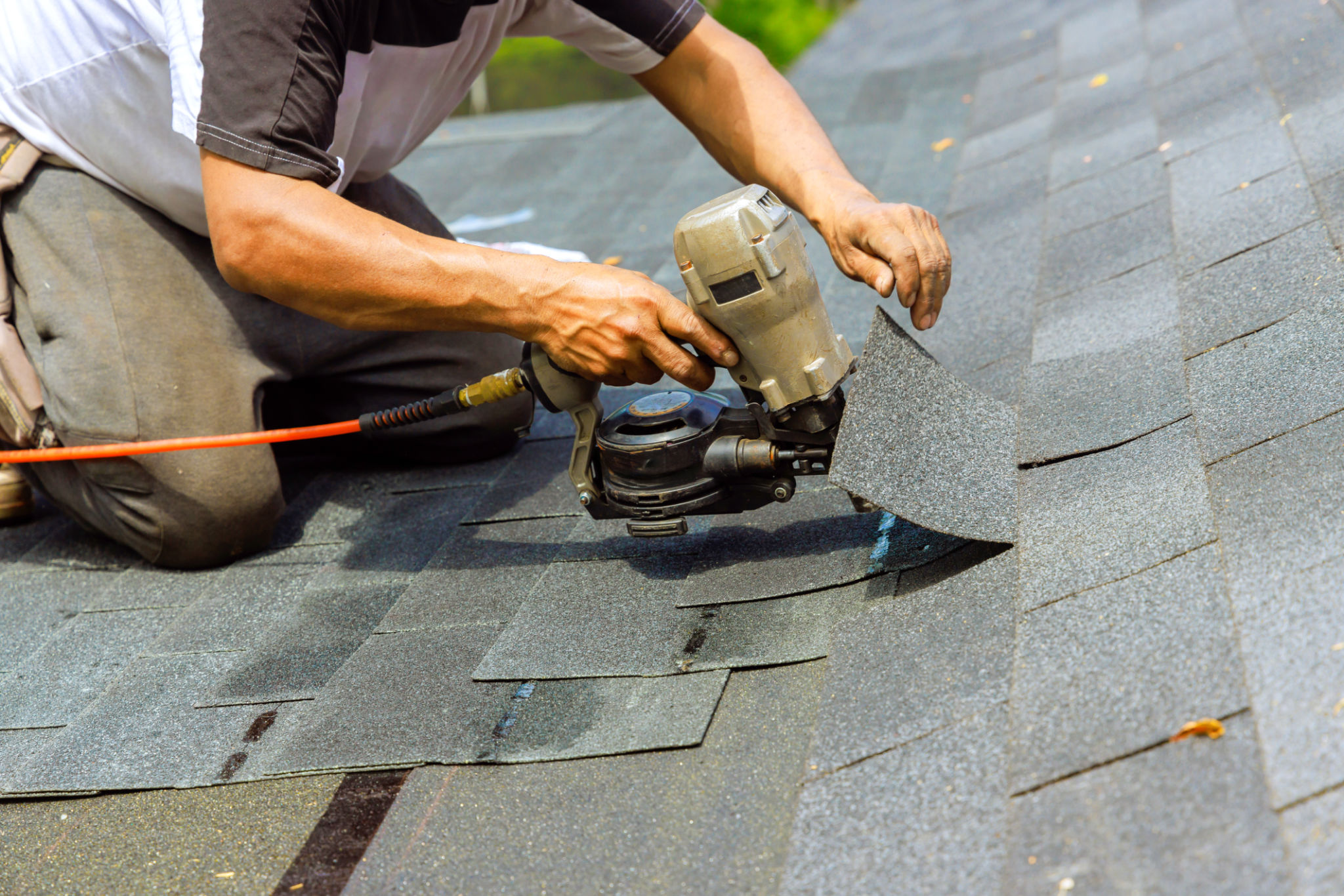A Comprehensive Guide to Storm Damage Roof Repair in Lubbock
Understanding Storm Damage
Storms can wreak havoc on your home, and the roof often takes the brunt of the damage. In Lubbock, where severe weather is not uncommon, homeowners need to be proactive in addressing any storm damage to their roofs. Understanding the types of damage that can occur is the first step in protecting your home and ensuring its longevity.

Common types of storm damage include missing or broken shingles, leaks, and structural damage from fallen debris. High winds can lift shingles or completely remove them, while hail can cause dents and cracks. These issues, if left unaddressed, can lead to more significant problems such as water damage inside your home.
Inspecting Your Roof
After a storm, it's crucial to inspect your roof for any signs of damage. While some issues may be visible from the ground, a thorough inspection may require getting a closer look. However, always prioritize safety and consider hiring a professional if you're unsure about climbing onto your roof.

Look for missing, cracked, or curling shingles, as well as any visible dents from hail. Check for debris that may have accumulated on the roof or in gutters, as this can lead to water pooling and further damage. Additionally, inspect the attic for any signs of leaks or water stains.
Hiring a Professional
If you identify damage or suspect your roof has been compromised, it's advisable to contact a professional roofing contractor. They can provide a comprehensive assessment and recommend the necessary repairs. When choosing a contractor in Lubbock, ensure they have experience with storm damage repairs and are familiar with local weather conditions.

A reputable contractor will offer a detailed estimate and explain the repair process. They should also be able to assist with insurance claims if necessary, providing documentation and liaising with your insurance company to ensure you receive the coverage you're entitled to.
Temporary Repairs
In some cases, temporary repairs may be needed to prevent further damage until a professional can address the problem. Covering exposed areas with a tarp can prevent water from entering your home. Additionally, clearing debris from gutters and ensuring proper drainage will help minimize potential damage.
Remember that these are only stop-gap measures and should not replace professional repairs. Properly addressing storm damage as soon as possible is essential to maintaining the integrity of your roof and home.
Preventative Measures
While you can't control the weather, there are steps you can take to minimize the risk of storm damage. Regular maintenance and inspections can help identify potential issues before they become major problems. Ensure your roof is in good condition before storm season arrives by replacing worn shingles and ensuring gutters are clear.

Consider trimming trees near your home to reduce the risk of branches falling onto your roof. Investing in impact-resistant roofing materials can also provide an added layer of protection against hail and debris.
Understanding Insurance
Dealing with insurance after storm damage can be daunting. It's important to understand your policy and what it covers. Most homeowners' insurance policies will cover storm damage, but it's crucial to document everything thoroughly. Take photos of the damage and keep records of any repairs or communications with contractors and insurers.
Submitting a claim promptly and working with your contractor can help streamline the process and ensure you get the compensation you need for repairs.
Final Thoughts
Storm damage roof repair in Lubbock is a critical aspect of home maintenance that requires prompt attention. By understanding the types of damage, conducting regular inspections, and knowing when to call in professionals, you can protect your home and ensure its longevity. Remember that preparation and preventative measures can go a long way in mitigating the effects of severe weather on your roof.
Taking these steps not only safeguards your property but also provides peace of mind knowing that your home is well-protected against future storms.
